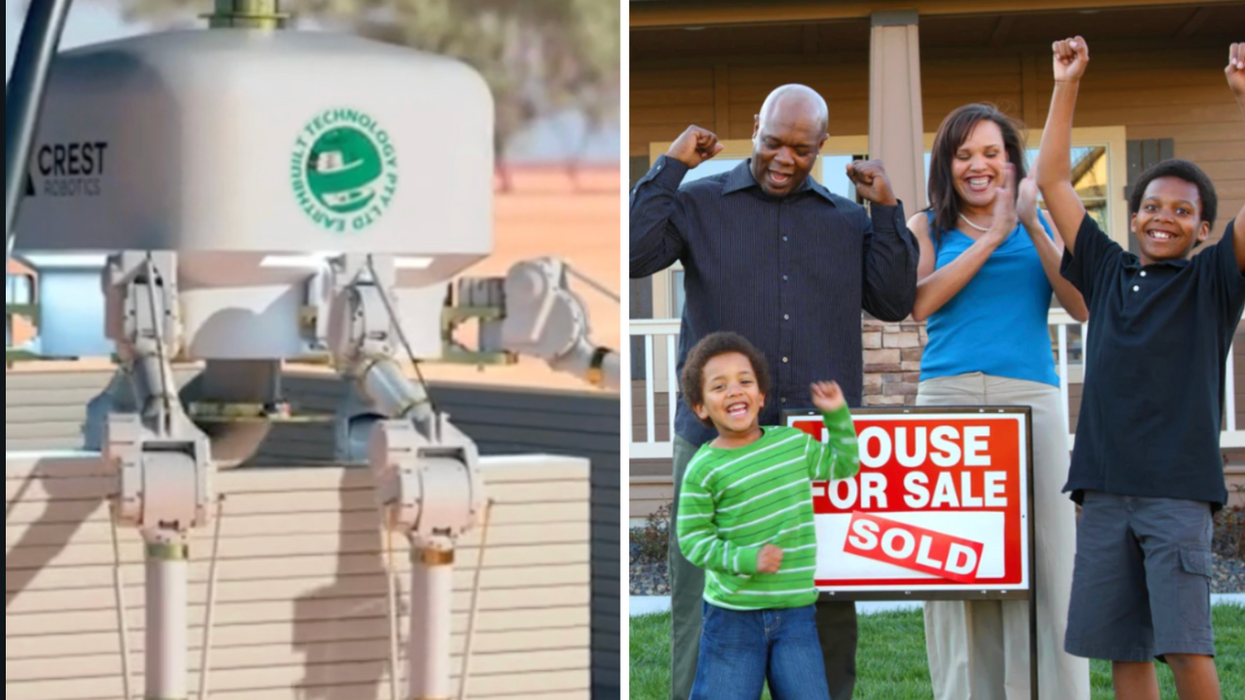What I think and what I feel is my reality; so we tell ourselves. Our mind constantly interprets limited information, even though it may seem like we get lots of information, and then creates our own perceived truth. Here is a perfect example.
The color, more exactly the wavelength of purple does not exist, yet our brains construct an image that shows it does. But it doesn’t. Confused?
This is what a teacher had to say about it.
In the human eye there are cones that capture the wavelengths of red, blue, and green. That’s it, three colors. When we see purple our brains detect a good amount of red and a good amount of blue. The sensors in our eyes know that between red and blue is a green sensor. But with the color purple there is no green for the sensor to pick up. The brain in order to understand an absence of green, creates the color purple. So in this way purple exists in our minds to explain why there is no green.
The teacher explains that, “It’s a color (purple) to represent the weird unexplained absence of green.”
Pretty cool. So much of the human experience surrounds our brains coming to conclusions and telling us this is the concrete truth. When actually it’s more like a comfortable made up story to help us make sense of it all. Here are a few other examples:

One of the ways we connect and relate to other people on a communal level is through empathy. Cambridge Dictionary defines empathy, “the ability to share someone else’s feelings or experiences by imagining what it would be like to be in that person’s situation.” Our brains are interpreting the experience of another person and giving it our own meaning. We have what are called Mirror Neurons in our brains that fire when you do something, but also when you see someone else do something. A strong example is watching someone else cry and starting to feel sad from it. This empathy helps us understand and form important bonds with each other.

Have you heard of Confabulation? This where we fill in the gaps of our memories with distorted even completely fabricated details. This occurs even though we haven’t any intent to mislead others. It just happens sometimes as our brains try and remember what we do not. An example might be recalling a childhood memory that didn’t actually happen that way or maybe not at all.
But the coolest has to be the McGurk Effect. This auditory illusion where what we see someone saying is different than the sound of it. We create completely different words or noises from the actual sound, in our minds.
Here is a radical example on YouTube:
- YouTubewww.youtube.com
What does all of this mean? Maybe not much or maybe everything. The older I get the more clear it becomes that what is happening isn’t exactly like I think it is. It’s good to have friends and family to help me see the bigger picture. Often I get lost in the stories of my mind while trying to make sense of the little details.
Good community helps.





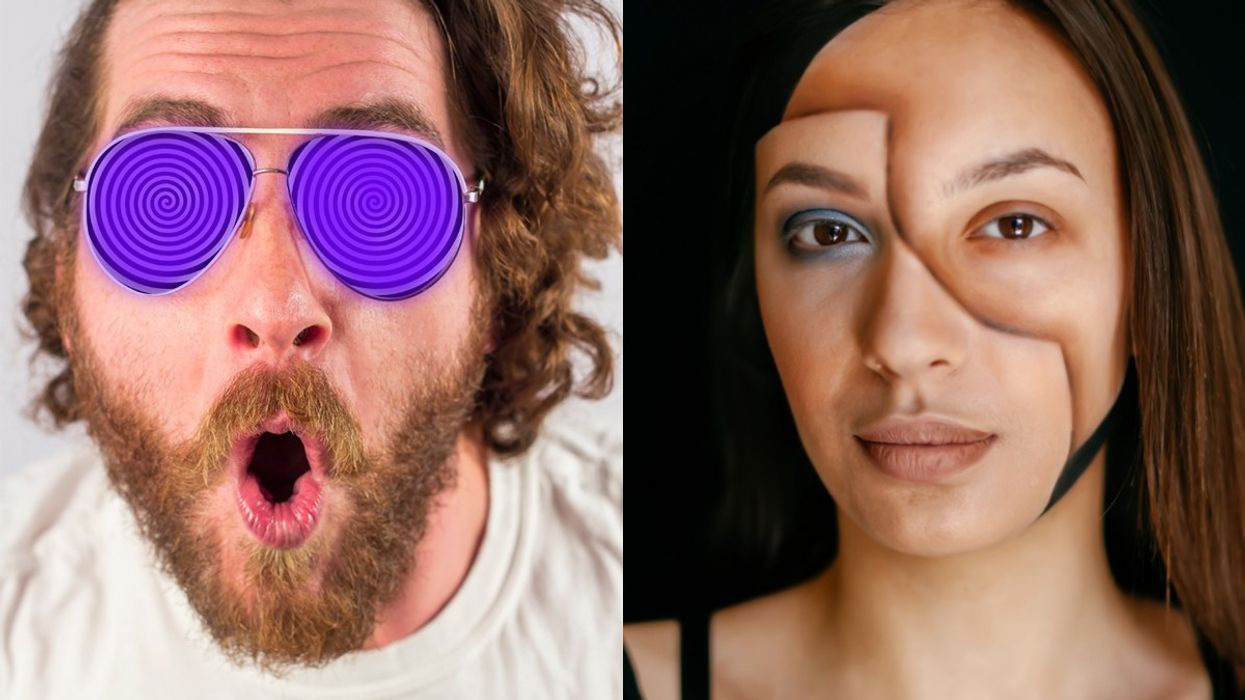


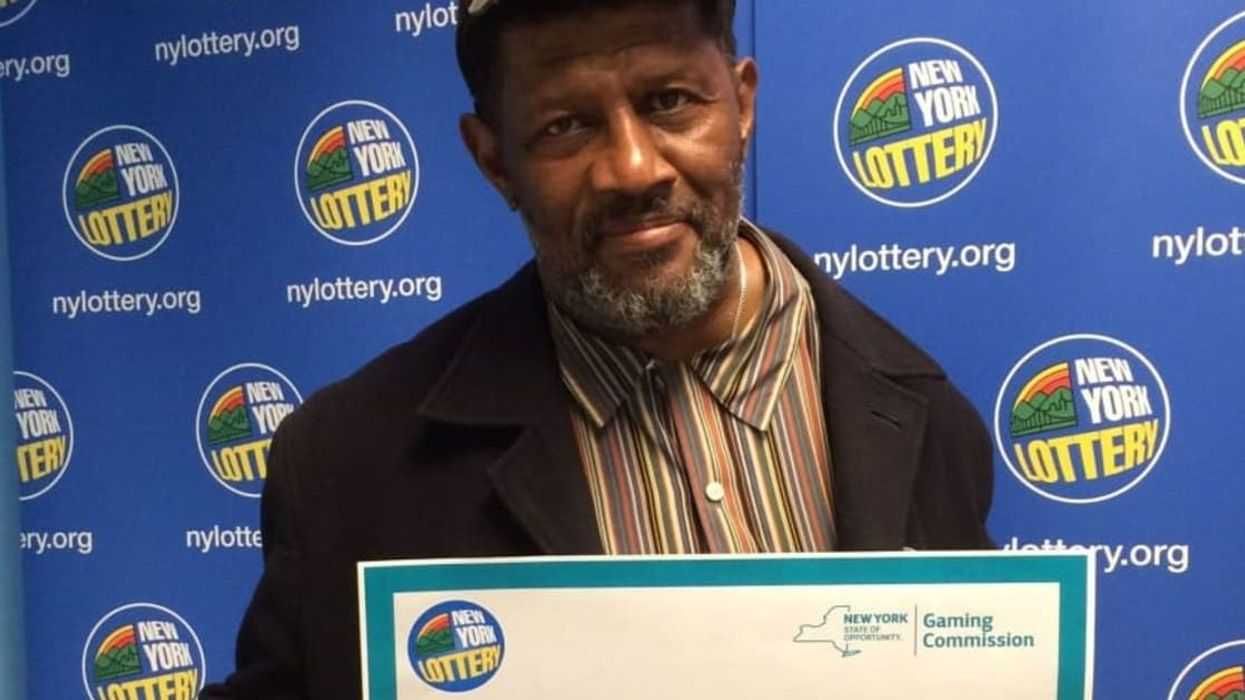


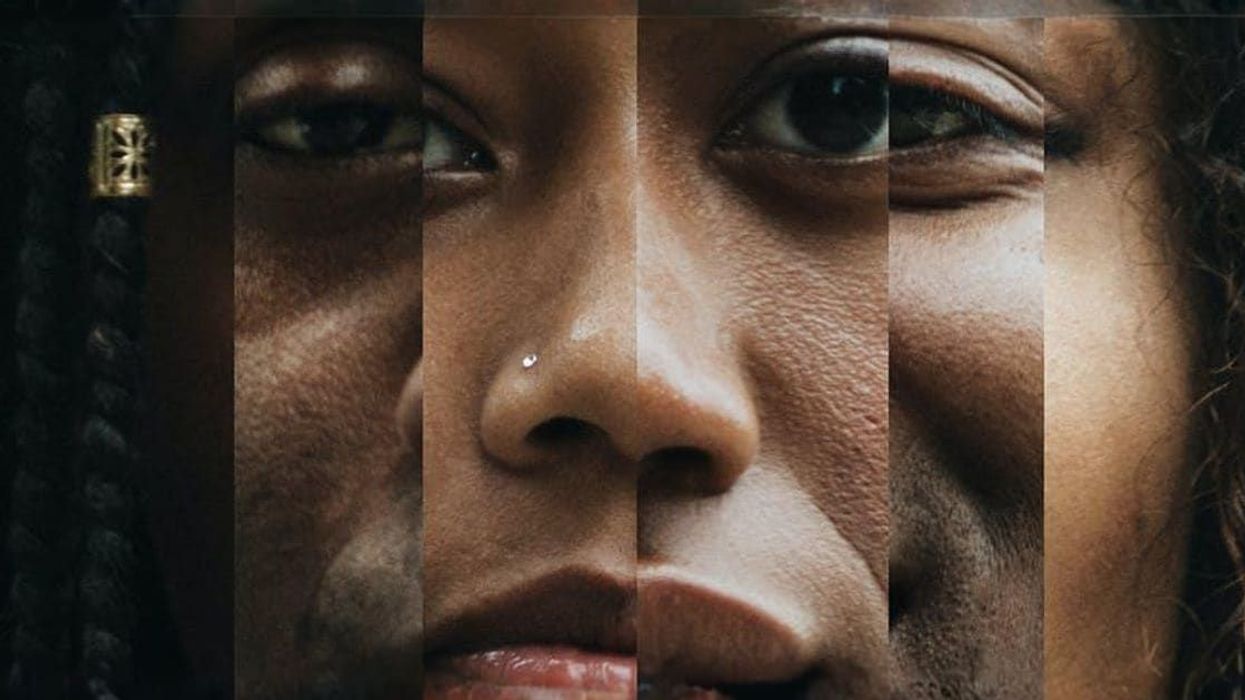





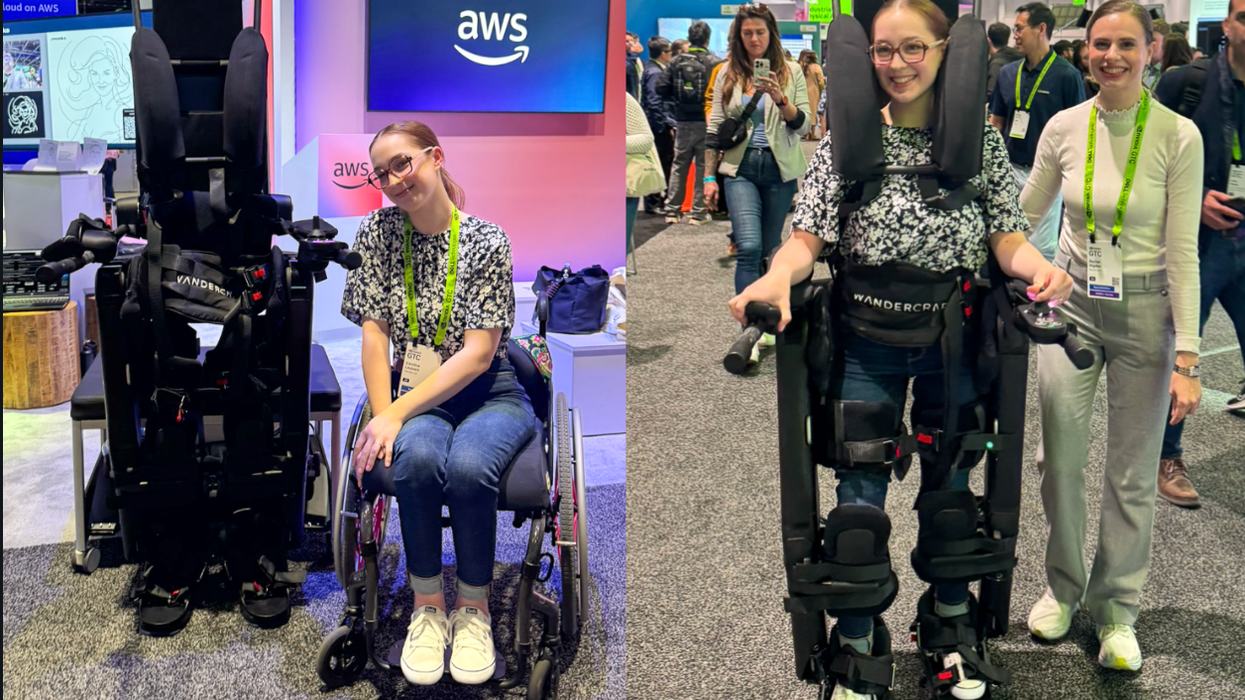
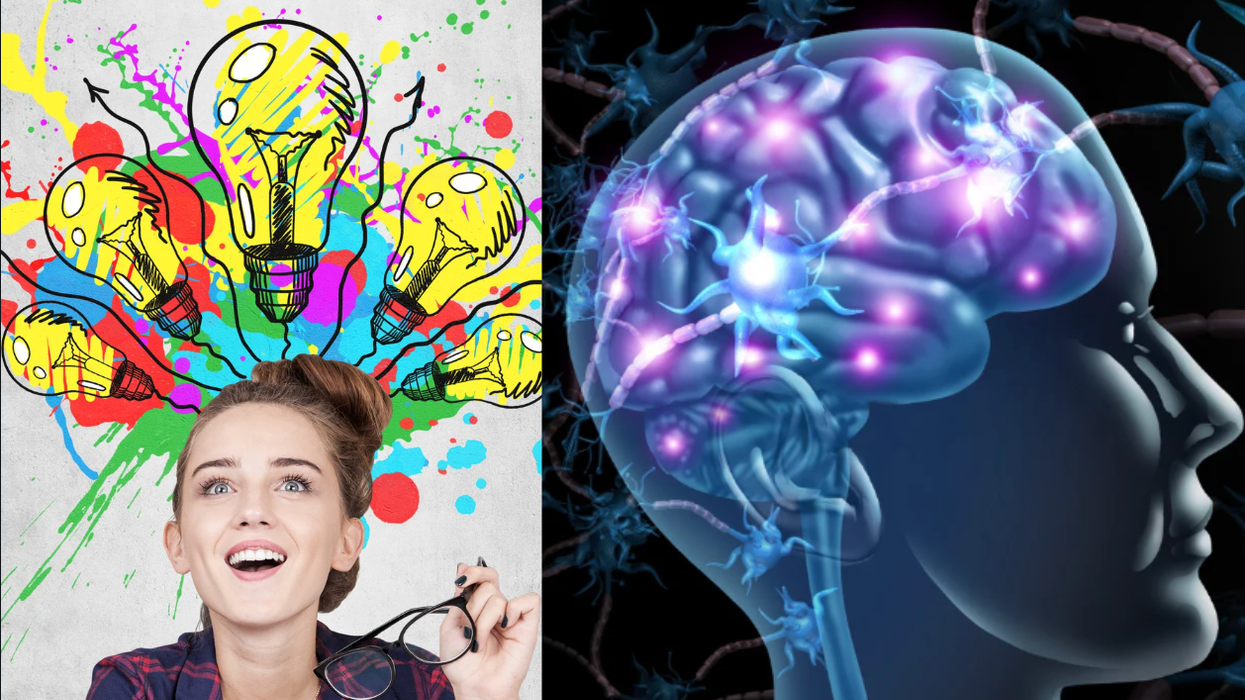


 Relaxing to music.Photo credit
Relaxing to music.Photo credit  Music and a good run.Photo credit
Music and a good run.Photo credit 
 Artist rendering of Earth with satellites traveling around it.Image via
Artist rendering of Earth with satellites traveling around it.Image via 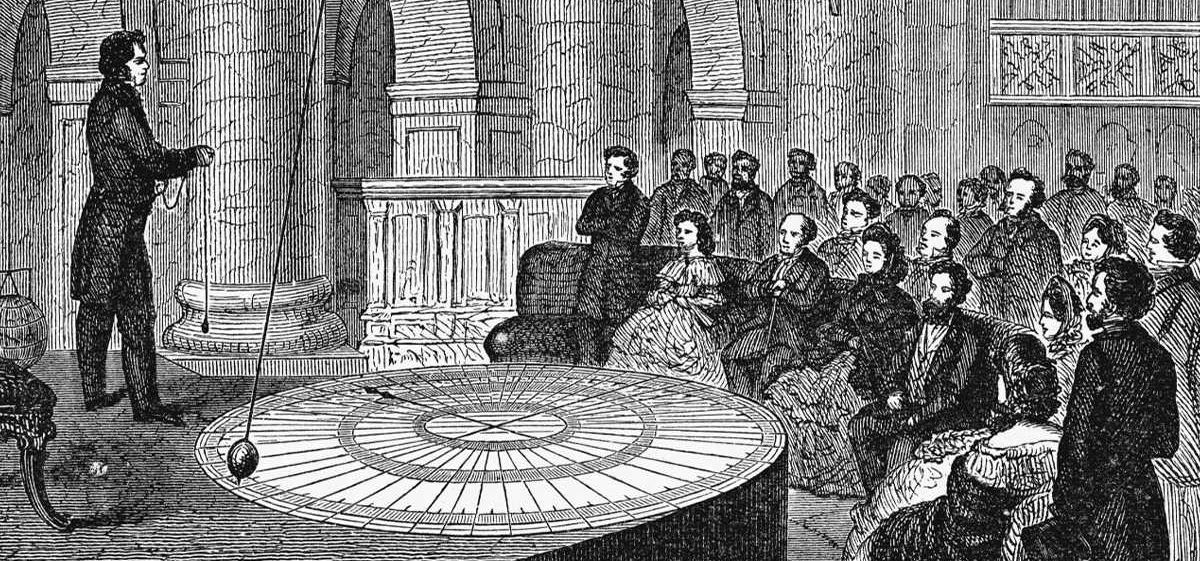 Drawing of Leon Foucault with pendulum showing Earth's rotation.Image via
Drawing of Leon Foucault with pendulum showing Earth's rotation.Image via  The Earth rotates.
The Earth rotates. 
